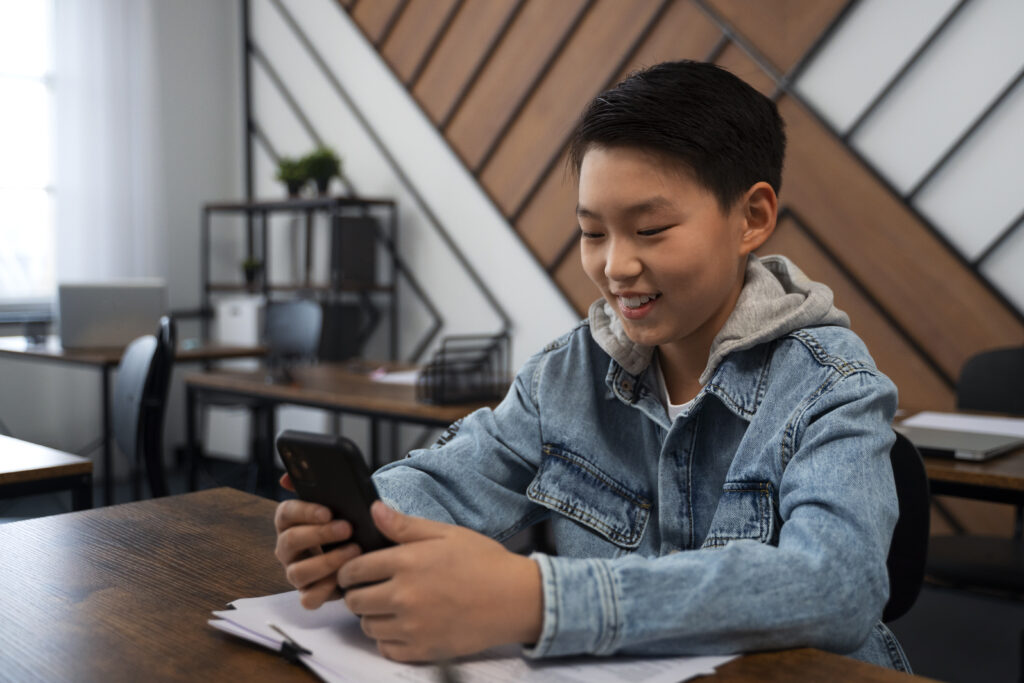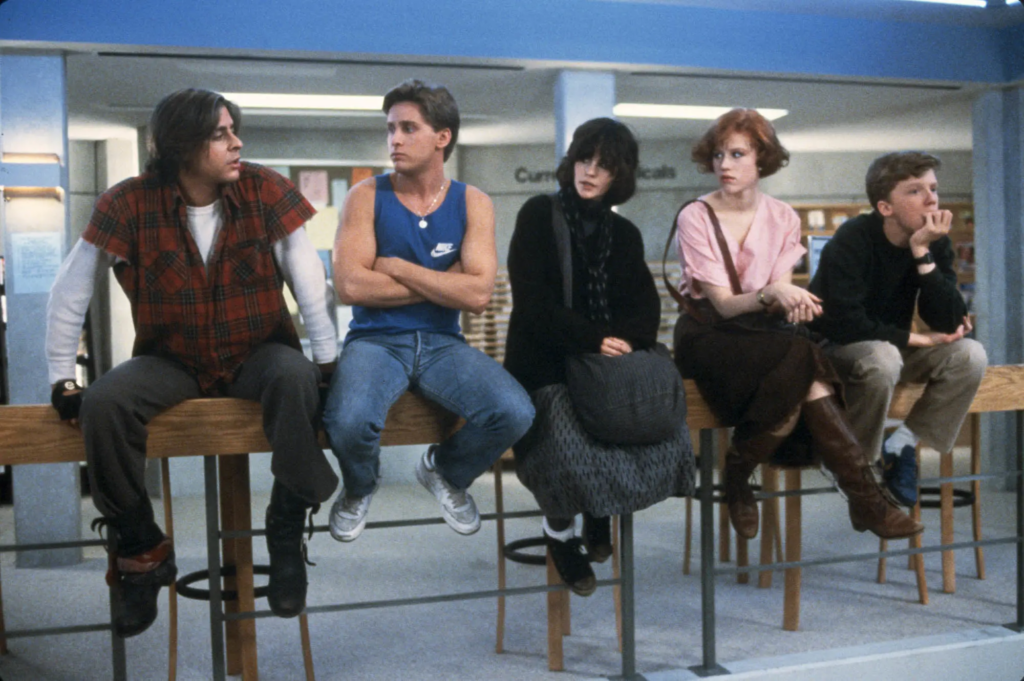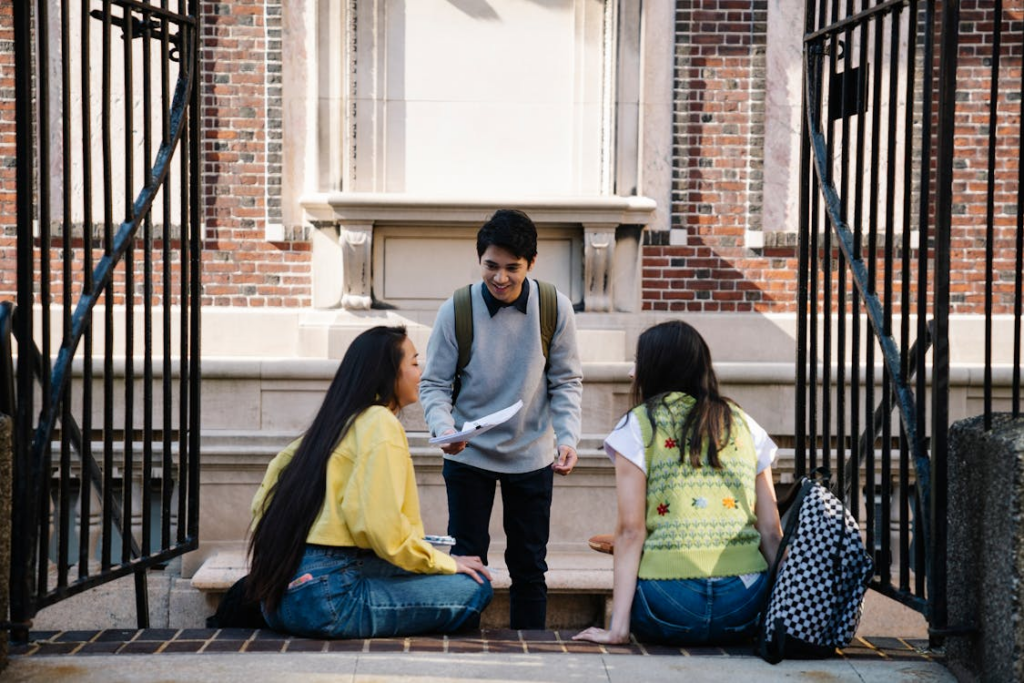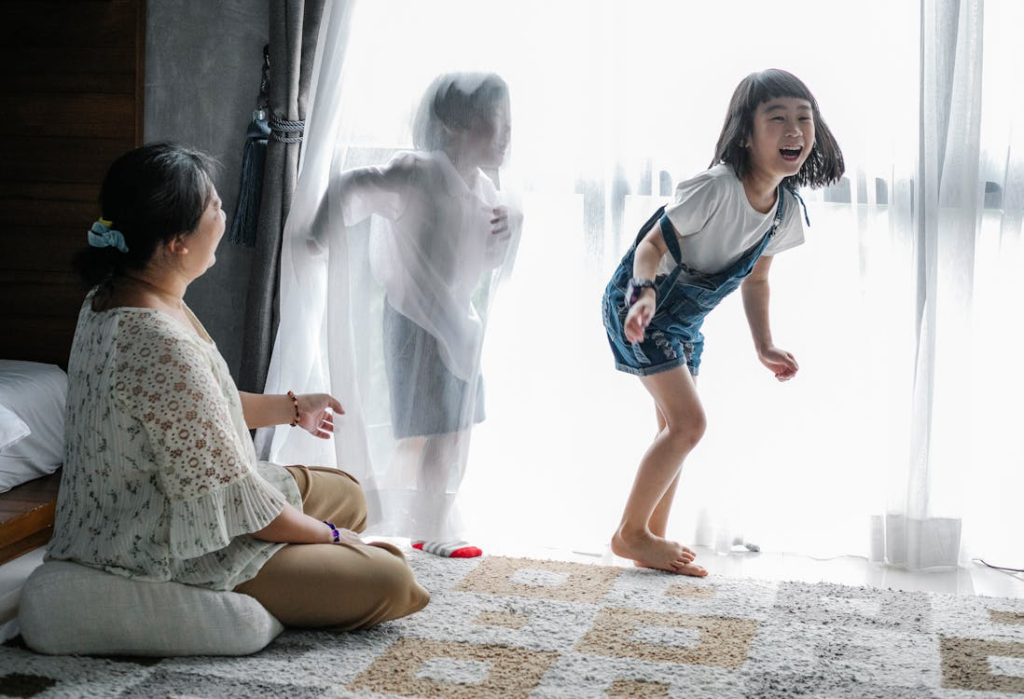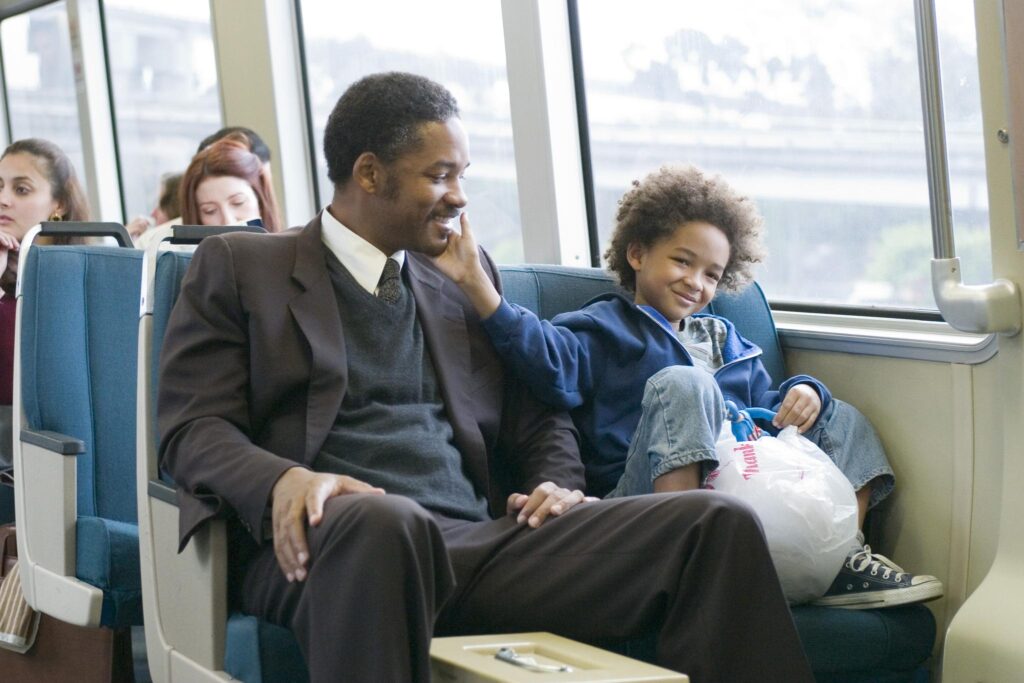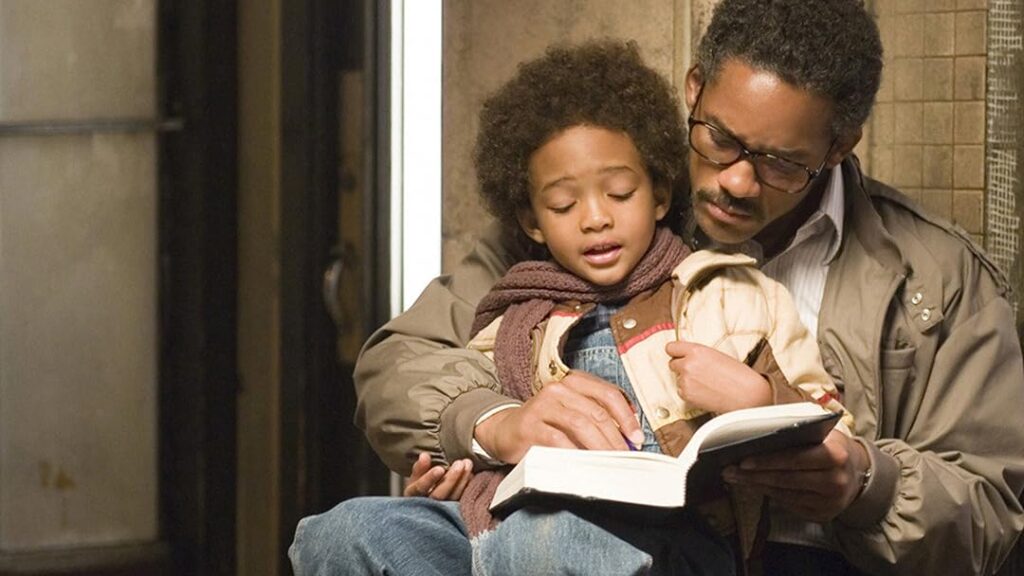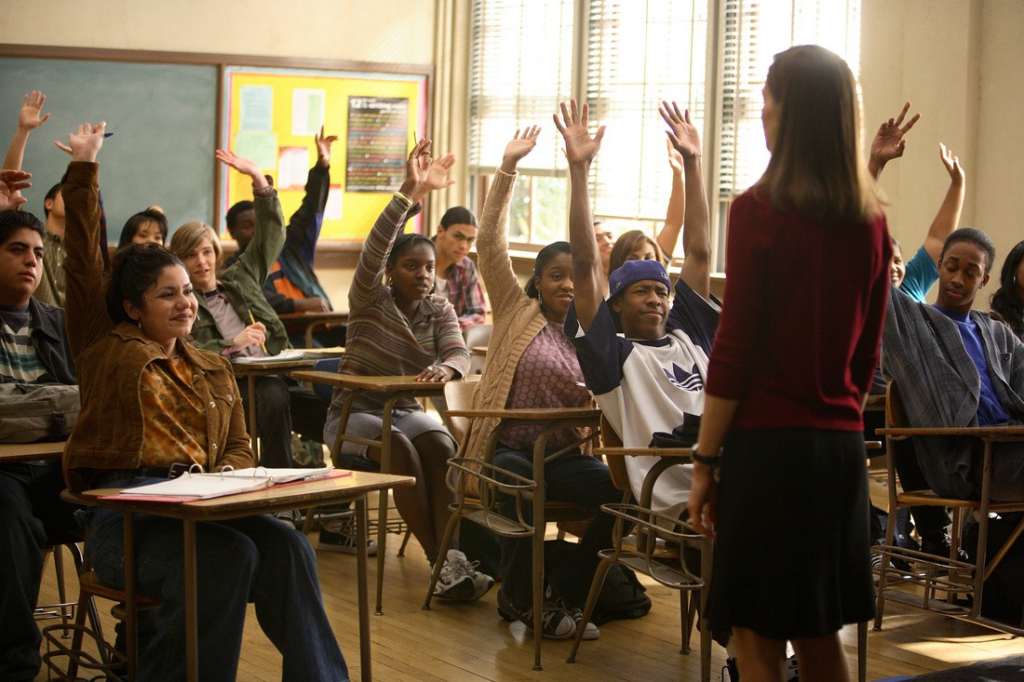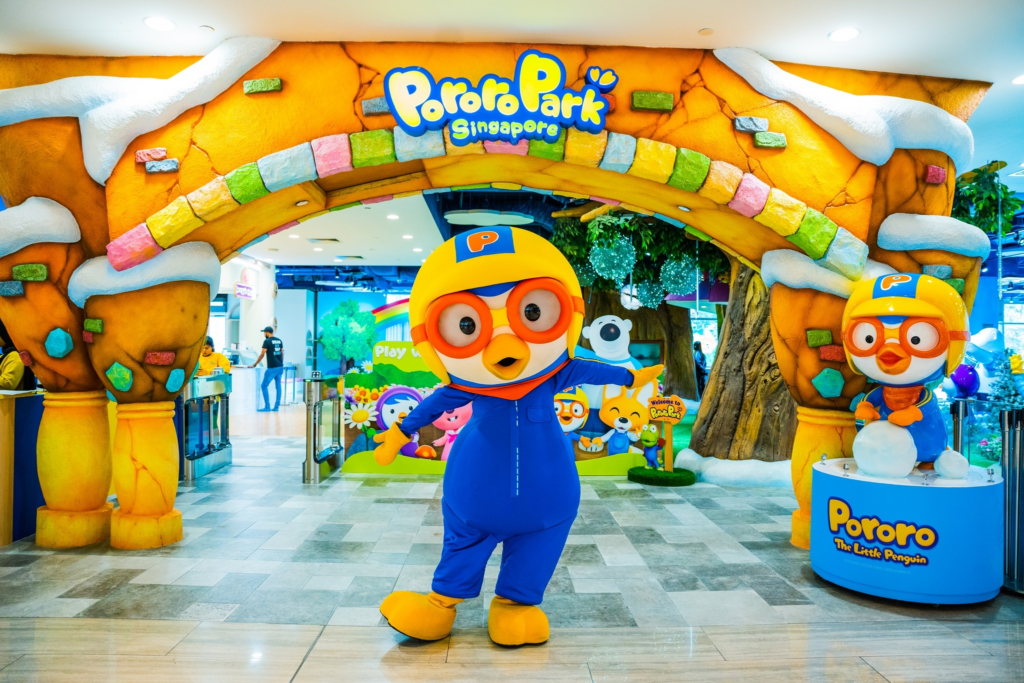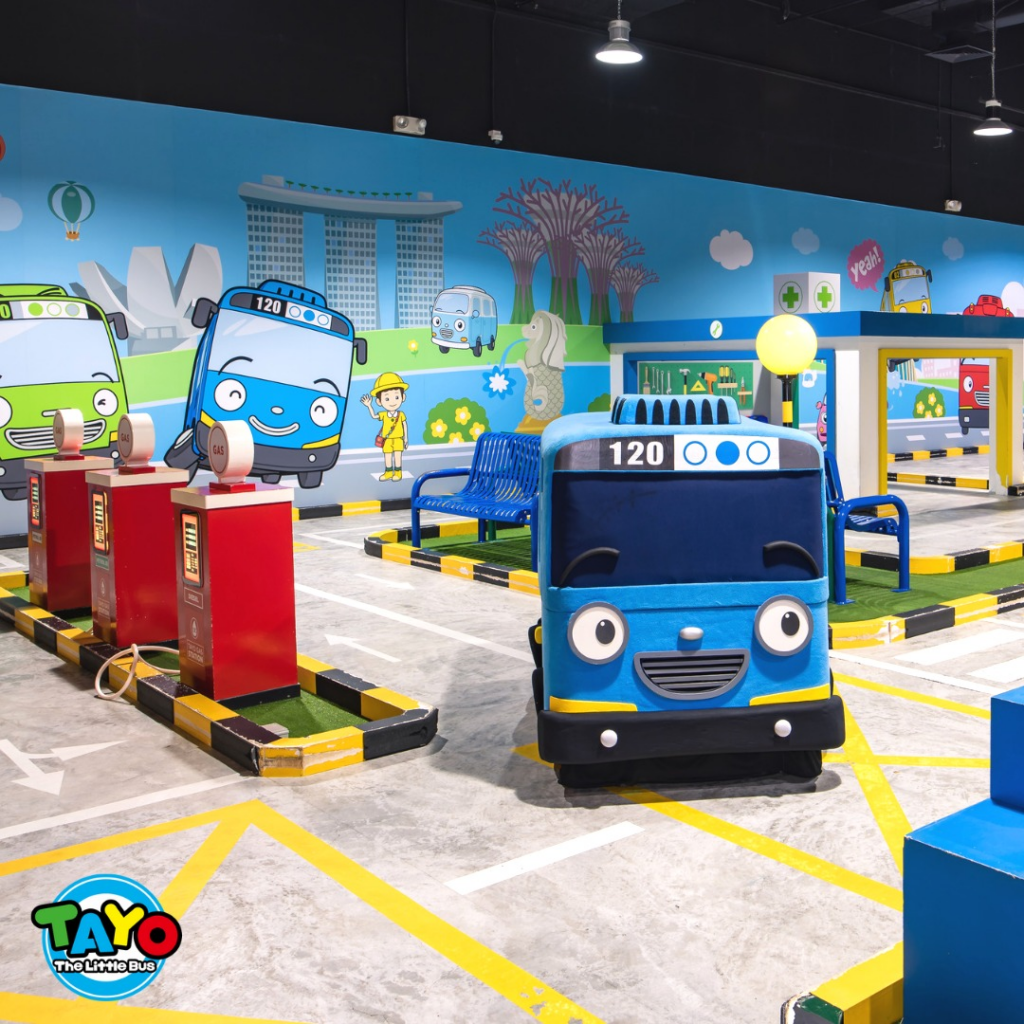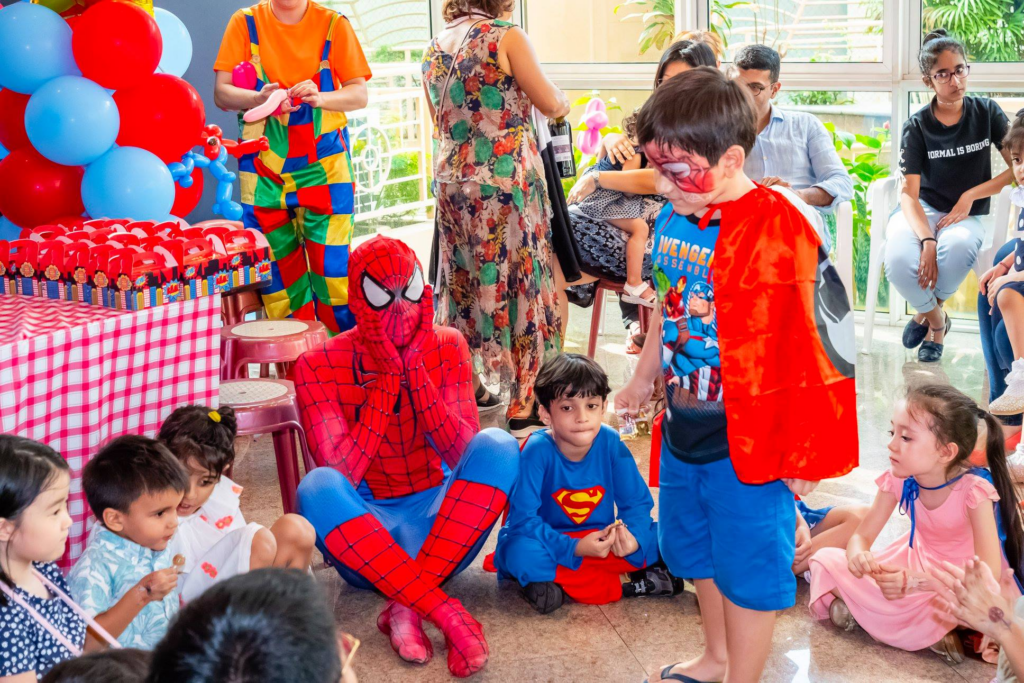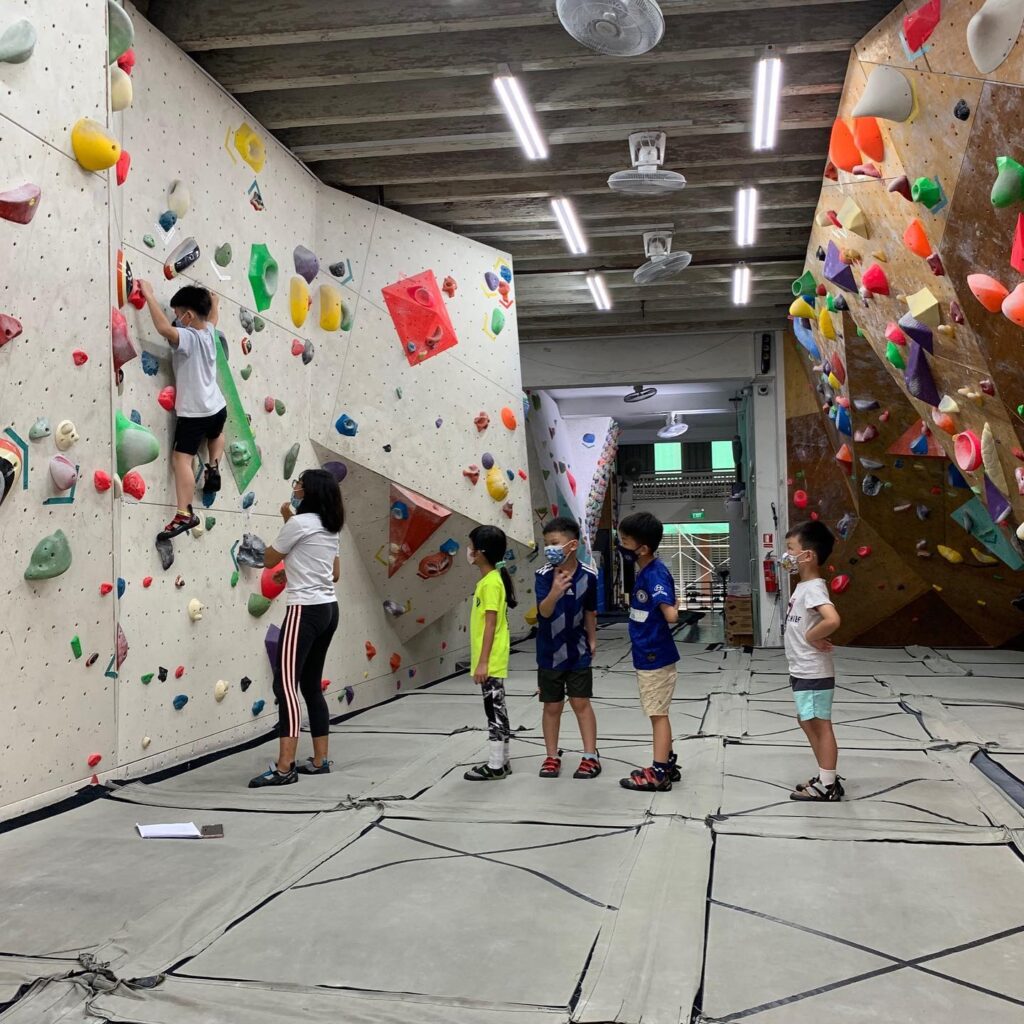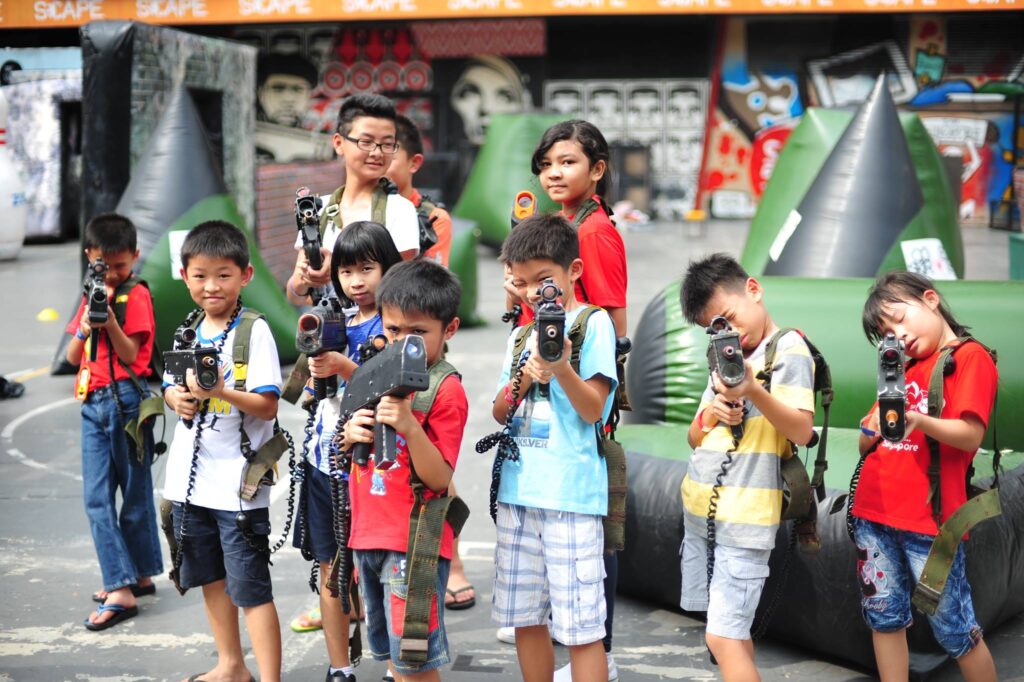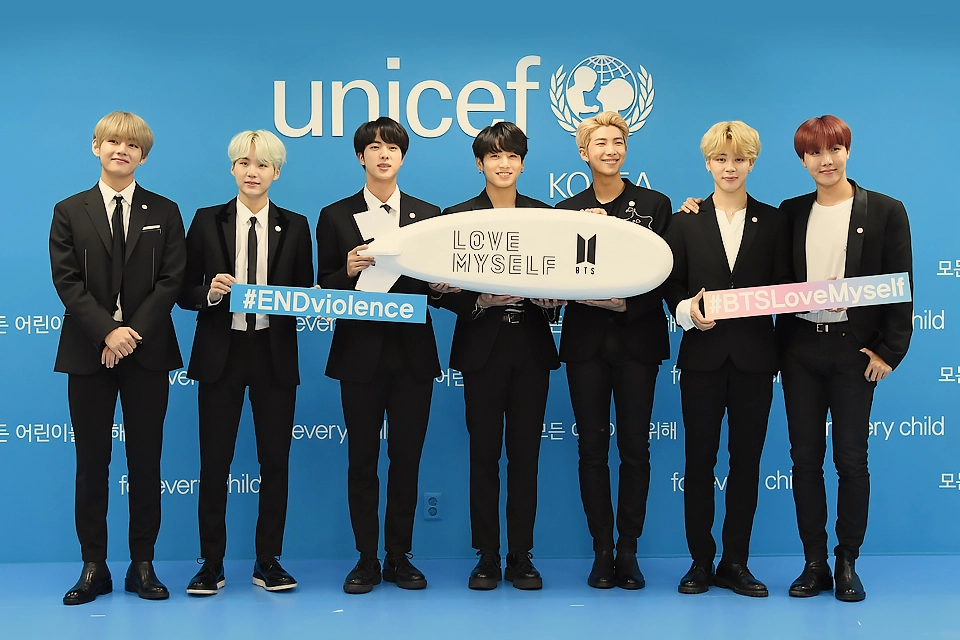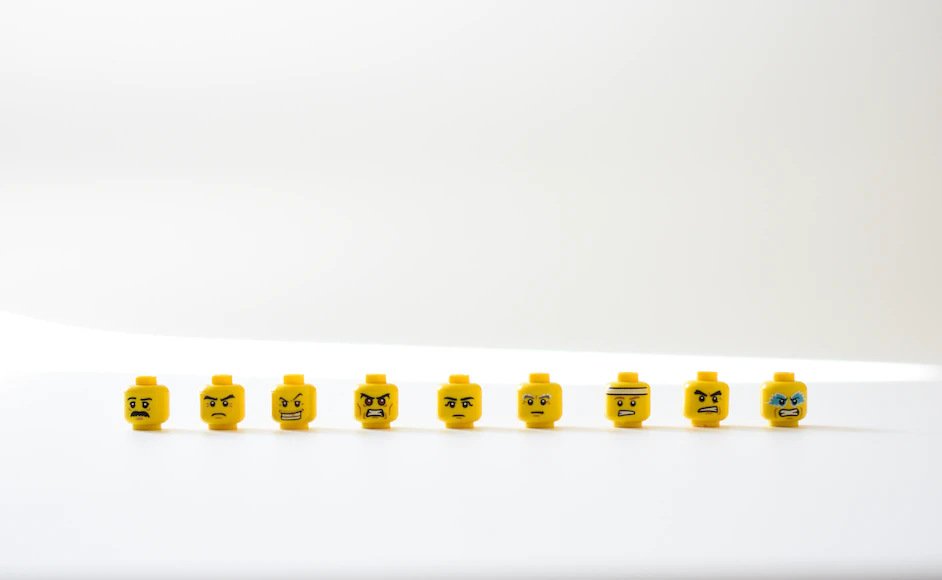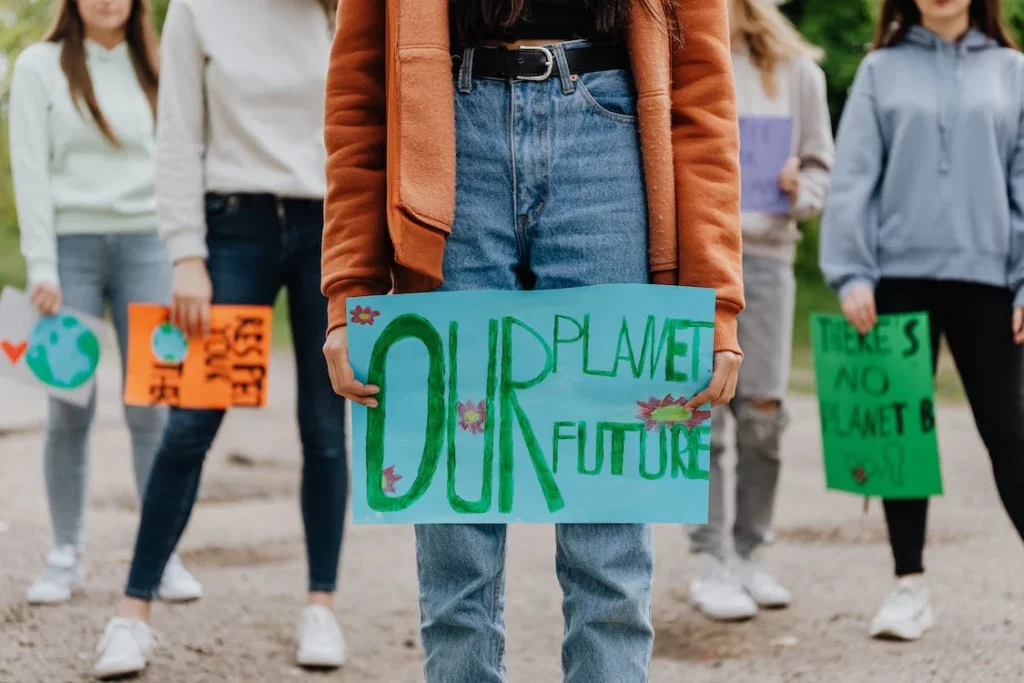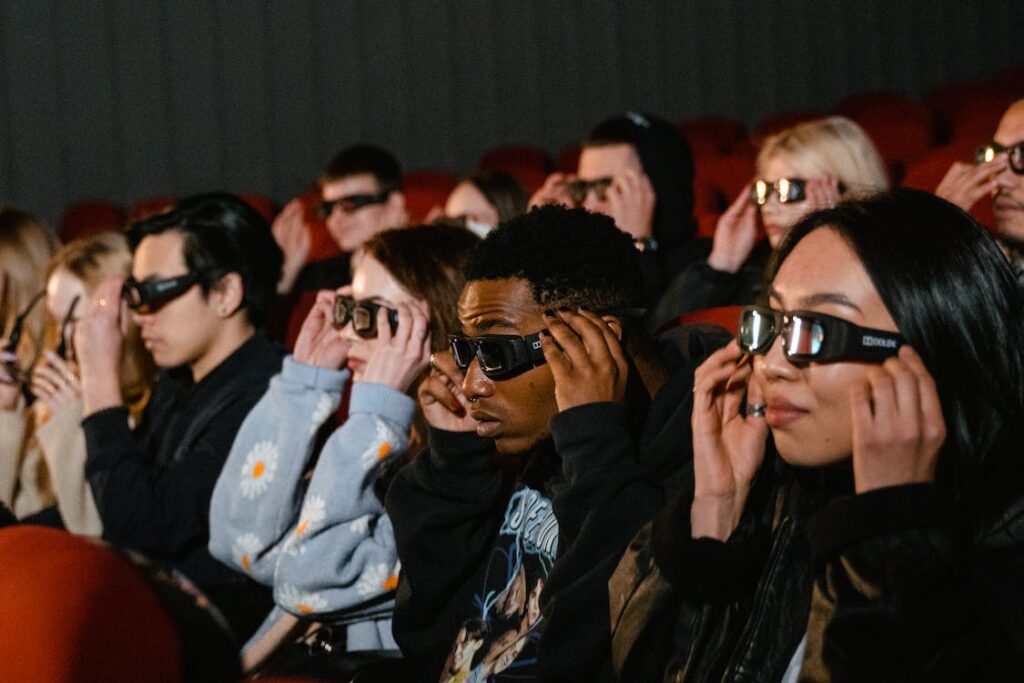“When school, activities, and friends take over, shared moments matter most—especially the ones that bring everyone together.”

As teens get busier with school, activities and friends, the time they spend together as a family can start to feel a little scarce. Finding fun ways to connect becomes more important than ever, whether it’s trying something new, exploring hidden spots in the city, or sharing an experience that gets everyone involved. This guide rounds up 15 fun things to do with teenagers across Singapore, offering a mix of high energy thrills, creative outlets and more relaxed outings.
1. Fluffydols Catfe

If your teen loves cats, Fluffydolls Catfé might just become a new family favourite. Here, you’ll get the chance to meet their adorable residents, including Mia the Ragdoll, Simba the British Longhair, and Sterling the gentle Maine Coon, along with their furry friends. What makes Fluffydolls unique is that they specialise in champion pedigree bloodlines imported from Europe, and every cat is hand-picked for temperament, health, and how well they represent their breed.
The café prioritises the well-being of its cats, keeping the environment small, slow, and mindful so the animals feel safe and comfortable. Staff are always on hand to ensure that everyone, both human and feline, has a pleasant experience. Sessions start from $30 per adult for 60 minutes and include a bottled drink. Fluffydolls Catfé is located at 551A Balestier Rd, Singapore 329868.
2. Arterly Obsessed

This artist-run studio blends art, craft, and design with a strong sense of community. It’s founded and led by practising artists who genuinely love sharing their passion. Art jamming sessions here are mostly unguided, giving teens the freedom to experiment, make mistakes, and express themselves however they like. But if they ever feel stuck or want tips to level up their masterpiece, friendly instructors are always around to offer guidance. For two hours, your teen gets a relaxed, judgment-free space to create at their own pace, which is perfect for decompressing after school or trying something new.
Arterly Obsessed also offers children’s art classes, resin workshops, and even team bonding activities, so there’s something for every interest and age group. Prices start from $40 per person and you’ll find them at 195 Pearl’s Hill Terrace, #01-10, Singapore 168977.
3. Beadbadwolf

Beadbadwolf offers rug and mirror tufting classes where you get to choose a design and turn it into a fluffy, textured piece of art. Teens can follow a template or get creative with their own ideas, either way, it’s incredibly satisfying watching the design take shape as they tuft it into a 55–65cm rug or mirror frame.
This place also runs workshops for coaster and stool tufting, making it easy to find a project that matches your teen’s interest or attention span. A tufting class starts at $135, which includes all materials, equipment, and help if you need it. Beadbadwolf is located at 195 Pearl’s Hill Terrace, #02-10, Singapore 168976.
4. Trapped Escape Room Singapore
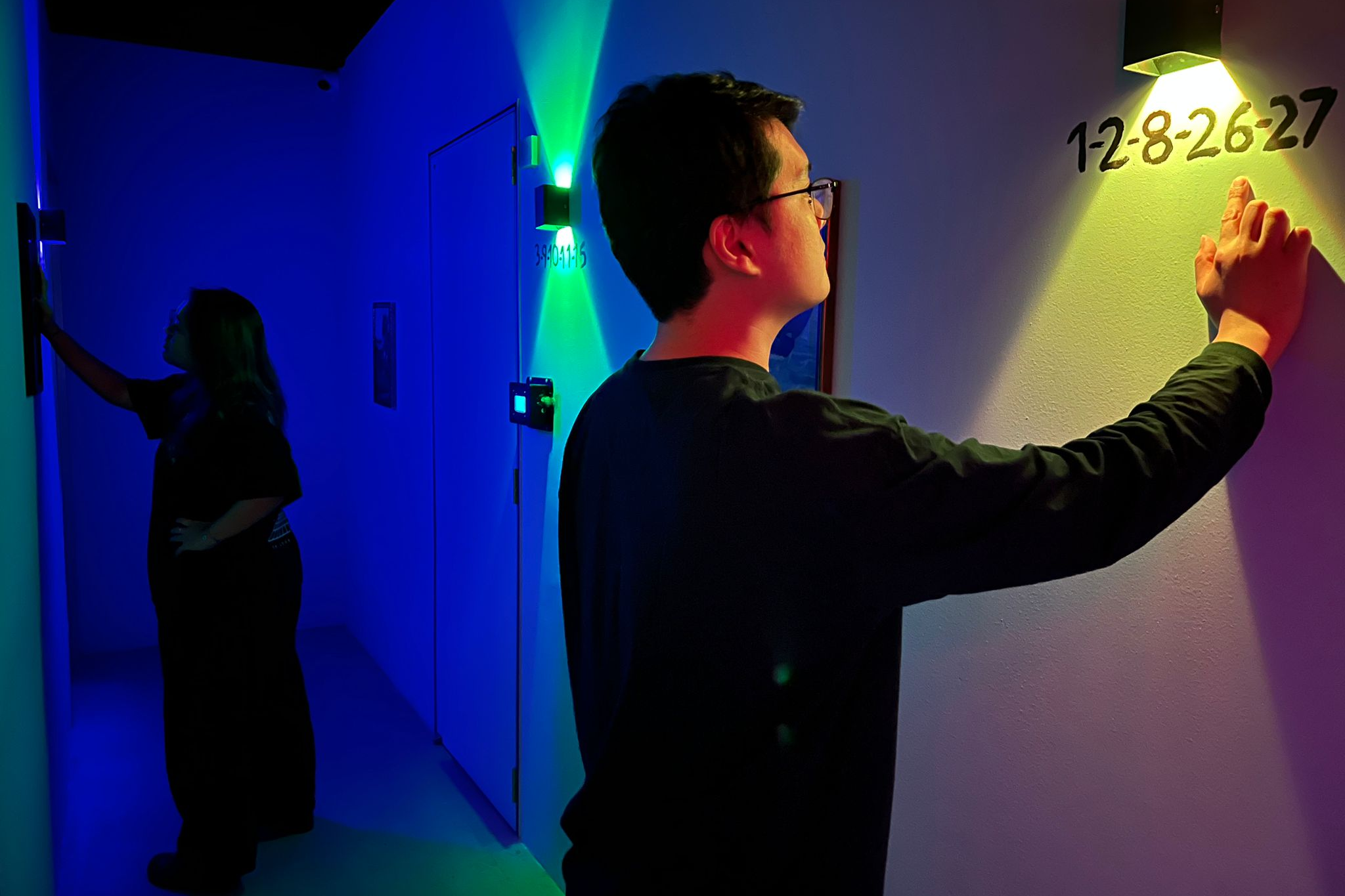
Trapped Escape Room Singapore is perfect for puzzle-solvers who love mystery, problem-solving and a bit of adventure. Located at 2 Handy Road, #B1-08/09/10, Singapore 229233, players get to uncover clues, decode hidden messages, and work together to escape a themed room before time runs out. Each room comes with its own movie-inspired storyline, think Jigsaw, 28 Days of Night, or A Quiet Place along with detailed props and animatronics that make the whole experience feel like stepping into a film set.
Rooms are designed for all experience levels, so no prior escape room knowledge is needed. The activity is suitable for ages 13 and up, though it’s worth calling ahead if younger kids want to join. Prices start from $28.90 for a 60-minute session, and students get a $10 discount with their student card.
5. Coney Island Park

Coney Island Park is a great way to spend time with your teen away from screens and city noise. The park is known for its scenic cycling trails, making it perfect for a relaxed ride or a slightly more adventurous route depending on your pace. The surroundings feel peaceful and natural, which can be a welcome break from busy routines and school schedules.
The park is also a lovely spot for nature lovers. Teens can try bird spotting, explore the diverse plant life, and enjoy the quiet charm of the landscape. You’ll find Coney Island Park along the Punggol Promenade Nature Walk, Singapore 829325. A great pick if you’re hoping for quality time, fresh air, and a little adventure together.
6. Art Pop Studio

If your teen loves trying something new (and maybe a little messy), Art Pop Studio is a fun pick. They’re the creators of Balloon Splatter Art and the only place in Singapore focused entirely on textured art workshops made for fun, creativity, and mental wellness. Just walk into the bright studio, pick your colours, and start throwing darts at paint-filled balloons..
This experience is loosely inspired by that iconic scene in The Princess Diaries, so if your teen loves that movie, this will feel familiar and exciting. It’s great for family bonding, a unique parent-teen date, or even a group hangout with friends. After all the dart throwing and laughter, everyone gets to bring home their own one-of-a-kind artwork. Prices start at $85 per person (1–3 pax), or $83 per person if you come in a group of four or more. Art Pop Studio is located at 3007 Ubi Road 1, #06-446, Singapore 408701.
7. Singapore Discovery Centre (SDC)

This place is more than just a museum. It’s a hands-on space where teens can explore Singapore’s past, present, and future in a fun and engaging way. Beyond the interactive exhibits, SDC is home to one of the largest escape room experiences in Singapore. At the Black Lake Facility, 13 rooms across four story chapters challenge participants to crawl through tight spaces, discover hidden doors, and use their wits to solve puzzles while unraveling each chapter’s mystery. It’s an exciting mix of learning and adventure that keeps everyone on their toes.
For those looking for a different kind of challenge, SDC also offers a virtual escape room that’s ideal for team bonding. This version takes players through pivotal moments in Singapore’s history, making it both educational and thrilling. Escape rooms at SDC are suitable for ages 12 and up, with younger children welcome if accompanied by an adult. Admission is $24 for children and $30 for adults, and the centre is located at 510 Upper Jurong Road, Singapore 638365.
8. Superpark

SuperPark located at 3 Temasek Boulevard, Suntec City Mall, #02-477 (North Wing), Singapore 038983, is a massive indoor play centre packed with activities that keep teens active and entertained for hours. From trampolines, ziplines, and a rock climbing wall to a soft play area, sliding mountains, and a giant ball pit, there’s something for every level of energy and adventurous spirit. It’s a space designed for fun, movement, and letting off steam in a safe and engaging environment.
SuperPark also has a variety of games and sports to enjoy. Pedal cars let participants race around the track, while foosball and air hockey tables add a competitive edge. Super bowling and other interactive activities ensure that there’s always something new to try, making it a dynamic spot for families looking for a full day of active fun.
9. East Coast Park

East Coast Park is always a solid choice if you’re looking for an activity that keeps teens active and outdoors. There’s no shortage of things to do. from playgrounds, swings, and nature play gardens to beach volleyball courts, water sports, and even the Xtreme SkatePark. If younger siblings are joining in, Marina Cove Playground is a hit, though it’s best to go early or later in the day since it isn’t shaded.
This is also a great spot if your teen likes trying new activities. They can rent a stand-up paddleboard, go wakeboarding at Singapore Wake Park, or even have a go at sailing in a dinghy at one of the sailing clubs along the coast. If you’re up for a longer cycling route, you can even make your way from East Coast Park all the way to the ArtScience Museum, sometimes spotting otters or monitor lizards along the way. After all the activity, there are tons of dining options, from hawker food to beachfront restaurants. You’ll find East Coast Park along East Coast Park Service Road, Singapore 456327.
10. Trifecta

Teens can try their hand at skiing or snowboarding on the dry slope, or take on the wave pool to learn surfing in a safe and exciting environment. It’s a place where they can challenge themselves, try something new, and burn off energy all in one visit.
Trifecta is also a cool hangout spot with a skateboard area and a café where everyone can relax between activities. It’s designed to keep teens engaged and entertained, whether they’re trying out new skills or just enjoying the lively atmosphere. You’ll find Trifecta at The Ride Side, 10A Exeter Road, beside Somerset Skate Park & Somerset MRT, Singapore 239958.
11. X-Scap8

Located on Level 7 of a mall in the heart of Orchard Road, X-Scap8 is an entertainment centre packed with activities for families and visitors of all ages. From high-adrenaline obstacle courses to virtual golf swings, retro arcade games, and a “warrior” course, there’s something to suit every type of energy. The centre also has a restobar, making it easy to take a break and recharge between activities.
For those looking to release some extra energy, X-Scap8 offers unique experiences like picking up a wrench to smash objects or tackling challenging obstacles. Arcade games, bottle-smashing sessions, and interactive courses provide plenty of ways to stay active, have fun, and blow off steam. It’s a dynamic space designed for a mix of excitement, creativity, and just plain fun.
12. Home Baking Day

Located in City Square Mall, is a fun and hands-on way for teens and tweens to dive into the world of baking. This DIY baking studio provides everything needed, from ingredients and equipment to step-by-step guidance making it easy to whip up a cake or sweet treats in just two hours. Parents can watch the process unfold, or jump in to help during trickier parts, all without creating a mess at home.
The experience is perfect for those eager to try baking for the first time. Teens and tweens can pick their dessert, follow the steps, and see it come together from scratch, making the results even more rewarding. It’s a chance to develop useful kitchen skills while enjoying a little sugar-fueled creativity.
13. HyperDrive

HyperDrive at Sentosa’s Palawan Beach is Asia’s first indoor gamified electric Go-Kart circuit and a thrilling spot for families looking for high-energy fun. The standalone three-level track is packed with excitement, featuring 36 eco-friendly electric go-karts in senior, junior, and tandem configurations to suit different ages and heights. Teens can take on the circuit in regular go-karts, enjoying the speed and twists of the indoor track, or try the Game of Karts mode for a unique video game-like experience that adds a fun interactive layer to the racing.
Junior karts are available for riders above 9 years old and 130 cm in height, while senior karts are suited for those over 140 cm. The setup ensures everyone has a safe but adrenaline-filled experience, combining racing skills with a touch of gamified fun. HyperDrive’s immersive track design, variety of karts, and exciting modes make it a standout option for an action-packed day out at Sentosa.
14. Lorong Kilat

Tucked away between Cheong Chin Nam and Chun Tin Road, is a quieter corner of the West that’s perfect for a relaxed outing. Once wider and sparsely populated, the street’s history has mostly faded, but it has evolved into a charming spot popular with local residents. The area has a cozy, laid-back vibe, making it ideal for strolling between cafés and restaurants without the usual city bustle.
You can explore DO Lorong Kilat with your teen and enjoy its breezy dining options together. Share authentic Korean dishes at Kim’s Korean Restaurant, indulge in pastries from Carpenter & Cook, or treat yourselves to ice cream at Salted Caramel. With its mix of flavours and relaxed atmosphere, Lorong Kilat offers a simple yet enjoyable way to spend quality time together while discovering local favourites.
15. Armenian Street

Armenian Street, just a five-minute walk from busy spots like Raffles City and Funan Mall, is a quiet gem that’s easy to overlook. Named after the nearby Armenian Church, Singapore’s oldest church, the street is lined with historic landmarks including The Peranakan Museum, Bible House, and the former arts hub, The Substation. The real hidden gem is the alley beside the Substation, where quirky street art decorates the walls. A fun spot to explore and snap some photos.
You can stroll down Armenian Street with your teen to soak in the charm of the 1930s shophouses, watch skateboarders and dancers practice their moves, and take a peek inside the historic institutions that give the area its unique character. It’s a mix of history, art, and street culture that makes for a relaxed and interesting outing in the city.
For more of the best places to visit with family in Singapore, check out A Playful Visit to the Museum of Ice Cream with Kids, Big Fun: Five Awesome Activities for Kids in SG, and Best Restaurants with Play Areas in Singapore.




